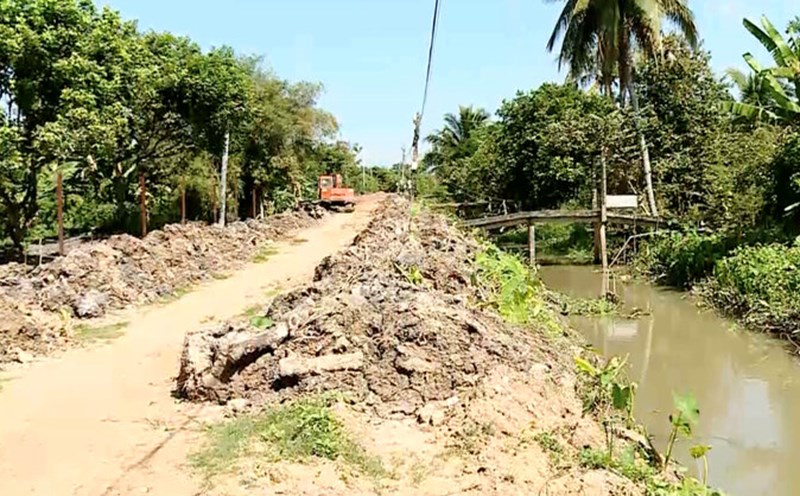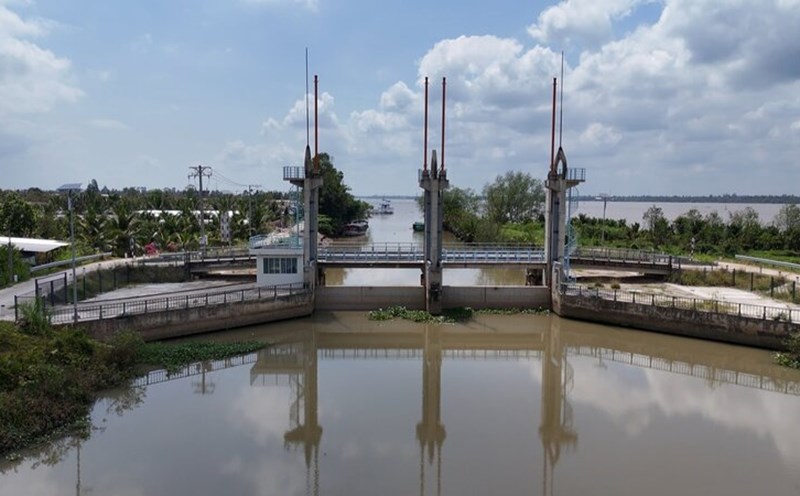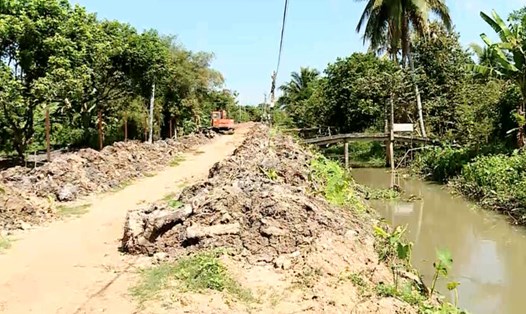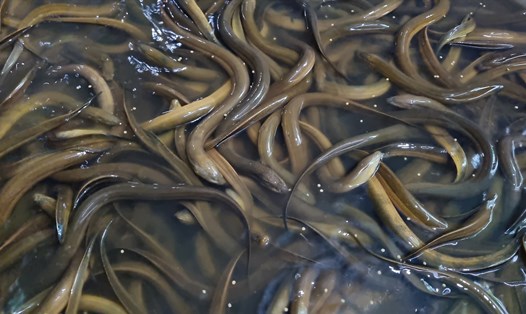Raising eels for eggs is profitable
With the super attractive profits from raising eel for eggs, many households in Mang Thit district, Vinh Long province have been continuing to switch to this model. How to do expected not only contributes to improving the family economy, but also responds to the increasingly alarming salinity intrusion in the West.
The petition was sent by the family of Mr. Nguyen Tan Loc in Chanh An commune. The old farmer said that he started raising eel for eggs about 6 years ago, since the first days of saltwater intrusion into the locality.
Thanks to learning from the experience of previous farmers, Mr. Loc knows how to use natural saline water to reduce the cost of disinfecting ponds, saving 2 million VND/month for an area of nearly 1ha. Through each harvest, Mr. Loc's family has gradually escaped the precarious situation, now having an income ten times higher than growing rice.
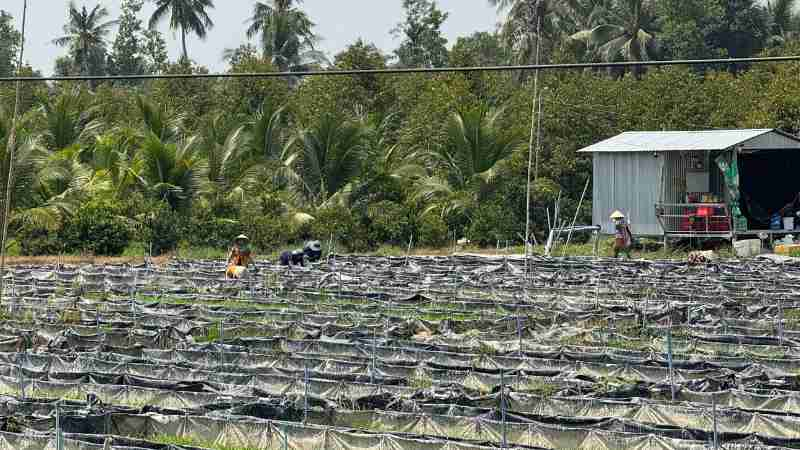
"The price of eel eggs at peak was nearly 30 million VND/kg, while at present the selling price is from 17 - 20 million VND/kg. harvested twice a month, each time 1,000m2 yielded 1.5 - 2kg of eel eggs," said Mr. Loc.
Similarly, in the past, Ms. Le Thi Chinh's family (An Phuoc commune) also suffered from a lack of money due to growing short-term vegetables and mustard on mangrove land. In 2023, she decided to switch to raising eel, taking advantage of the salinity to clean ponds and disinfect without worrying about the cost of cleaning materials.
"High profits, quick capital recovery, so I am planning to rent an additional 0.5ha of land next to my house to raise eel for eggs," Ms. Chinh added.
Planning a safe eel farming area
The economic benefits of the egg-laying eel model initially showed a positive signal when Vinh Long people adapted to drought and salinity. However, according to the assessment of the functional sector, if it is carried out en masse without strict control, there will be a potential risk of supply exceeding demand, leading to market fluctuations. Above all, this also pollutes the environment, affecting other production activities in the area.
Talking to Lao Dong, Mr. Nguyen Thanh Nam - Deputy Head of the Department of Agriculture and Environment of Mang Thit district - said that there are currently 390 households raising eel in the district with 16,361 tanks, covering an area of 77 hectares. Of which, 365 households will produce eel seeds with 16,165 tanks, covering an area of 76.4 hectares; meat eel of 25 households with 196 tanks, covering an area of 0.6 hectares.
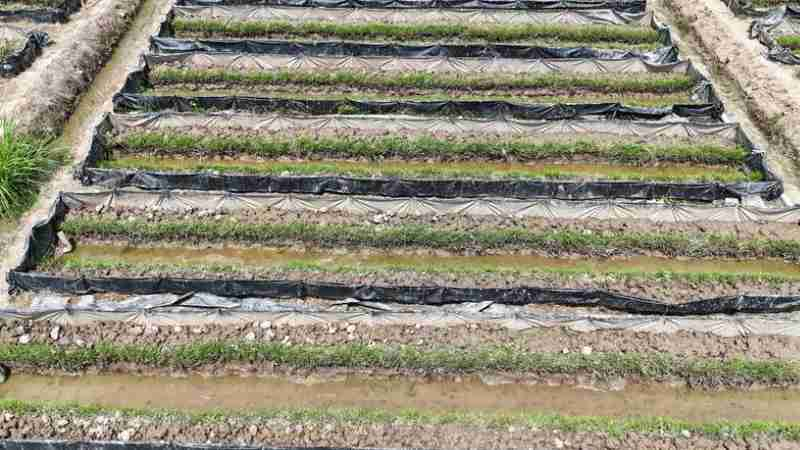
According to Mr. Nam, after releasing the parents of the eel for about 15 - 30 days, the eggs are harvested every 2 weeks. In particular, the profit is calculated to be an average of 200 to 400 million VND/1,000m2/year, quite high compared to other crops and livestock.
High profits are a core factor that causes many farmers to shift from rice fields, vegetables, and fruit trees to raising eel and is one of the reasons for market imbalance. The agricultural sector of Mang Thit district is synthesizing the farming area, with a reasonable development orientation.
"People's Committees of communes and towns need to do a good job of guiding households to convert the structure of crops, livestock, and farming zones so as not to affect other types of crops and livestock. Strengthen inspection, supervision, management, and planning of farming areas to ensure long-term development," Mr. Nam advised.

